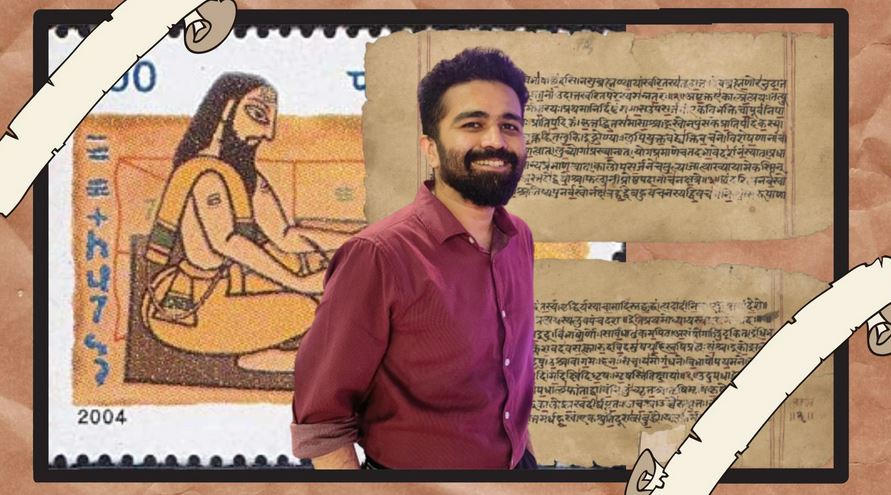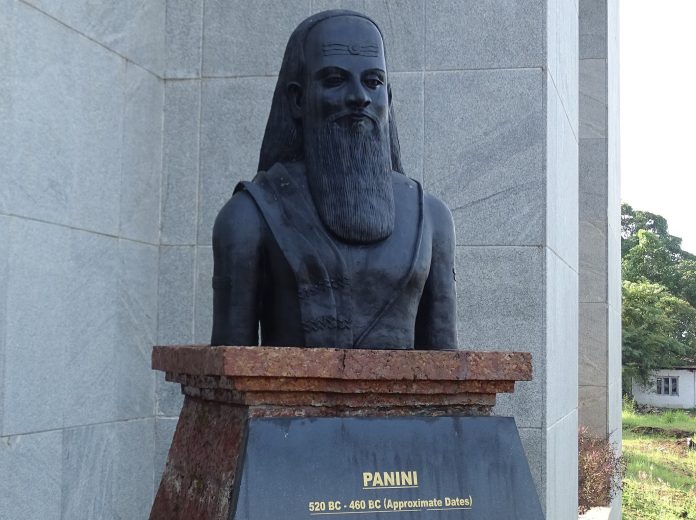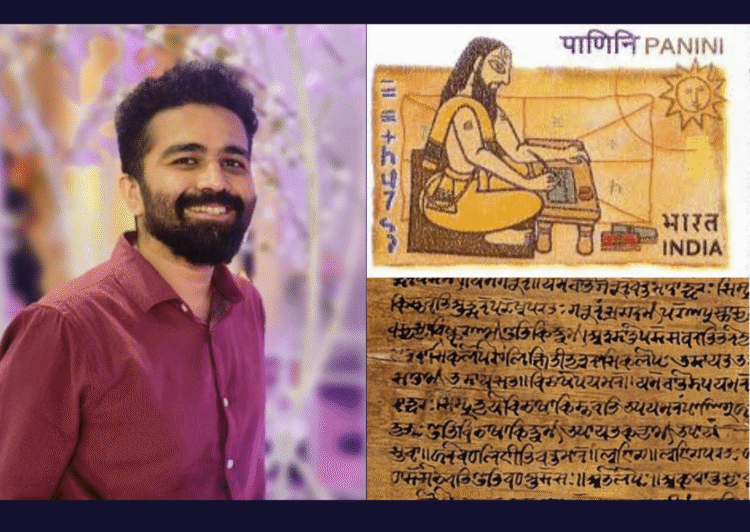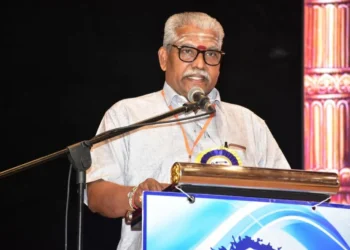Every mystery ever solved had been a puzzle from the dawn of the human species right up until someone solved it – Eliezer Yudkowsky
It could be difficult and stressful to solve a puzzle. Imagine solving a Sanskrit problem that is more than 2,500 years old. Even thinking about it makes us feel impossible.
Recently, a brilliant PhD scholar from the University of Cambridge has proved that anything is achievable after wrecking an unimaginable puzzle. A 2,500-year-old Sanskrit grammatical problem that has stumped scholars since the 5th Century BC has now been successfully solved by Rishi Atul Rajpopat.

The 27-year-old had the ‘Eureka’ moment when he made a breakthrough by decoding a rule taught by Panini in his thesis titled ‘In Panini, We Trust: Discovering the Algorithm for Rule Conflict Resolution in the Astadhyayi’.
Panini is known as the Father of Linguistics. He was a Sanskrit philologist, grammarian, and revered scholar in ancient India, variously dated between the 6th and 4th century BCE.
According to leading Sanskrit experts, this incredible breakthrough is seen as “revolutionary”. Moreover, this discovery could mean that Panini’s grammar can also be taught to computers for the first time.
Further explaining this amazing feat, Rishi said, “After nine months trying to crack this problem, I was almost ready to quit, I was getting nowhere. So, I closed the books for a month and just enjoyed the summer, swimming, cycling, cooking, praying and meditating,”
“Then, begrudgingly I went back to work, and, within minutes, as I turned the pages, these patterns started emerging, and it all started to make sense. There was a lot more work to do but I’d found the biggest part of the puzzle,” he said.
When he realized that, he spent hours in the library to solve related problems.
Talking about Panini, Rishi noted that Panini had an extraordinary mind and he built a machine unrivalled in human history. “He didn’t expect us to add new ideas to his rules. The more we fiddle with Panini’s grammar, the more it eludes us,” he added.
With the breakthrough, Panini’s so-called “language machine” would finally be able to be used with reliability.

With Rishi’s amazing discovery, it now would be possible to “derive” any Sanskrit word, to construct millions of grammatically correct words, using Panini’s revered language machine, which is widely considered to be one of the greatest intellectual achievements in history.
Panini’s system – 4,000 rules detailed in his renowned work, the Astadhyayi, which is thought to have been written around 500 BC; is meant to work like a machine. Feed in the base and suffix of a word and it should turn them into grammatically correct words and sentences through a step-by-step process.
However, there has been a significant issue up to this point. Panini’s rules are frequently applied at the same phase in tandem with one another, making it difficult for experts to decide which rule to use.
Solving so-called “rule conflicts”, which affect millions of Sanskrit words including certain forms of “mantra” and “guru”, requires an algorithm. Rajpopat’s research shows that Panini’s so-called language machine is also self-sufficient.
After the discovery, Sanskrit professor and Rajpopat’s PhD supervisor Professor Vincenzo Vergiani said, “My student Rishi has cracked it. He has found an extraordinarily elegant solution to a problem which has perplexed scholars for centuries. “This discovery will revolutionise the study of Sanskrit at a time when interest in the language is on the rise.” he excitedly said.
Fun Fact: Sanskrit is an ancient and classical Indo-European language from South Asia. While only spoken in India by an estimated 25,000 people today, it has influenced many other languages and cultures worldwide.
Check out the full video on how the ancient grammatical puzzle has been solved after 2500 years:

This feat is just fascinating. Well done Rishi for achieving such a noteworthy milestone; this will undoubtedly go down in history for a very long time.
Source: [1]
Follow us on Instagram, Facebook or Telegram for more updates and breaking news.








